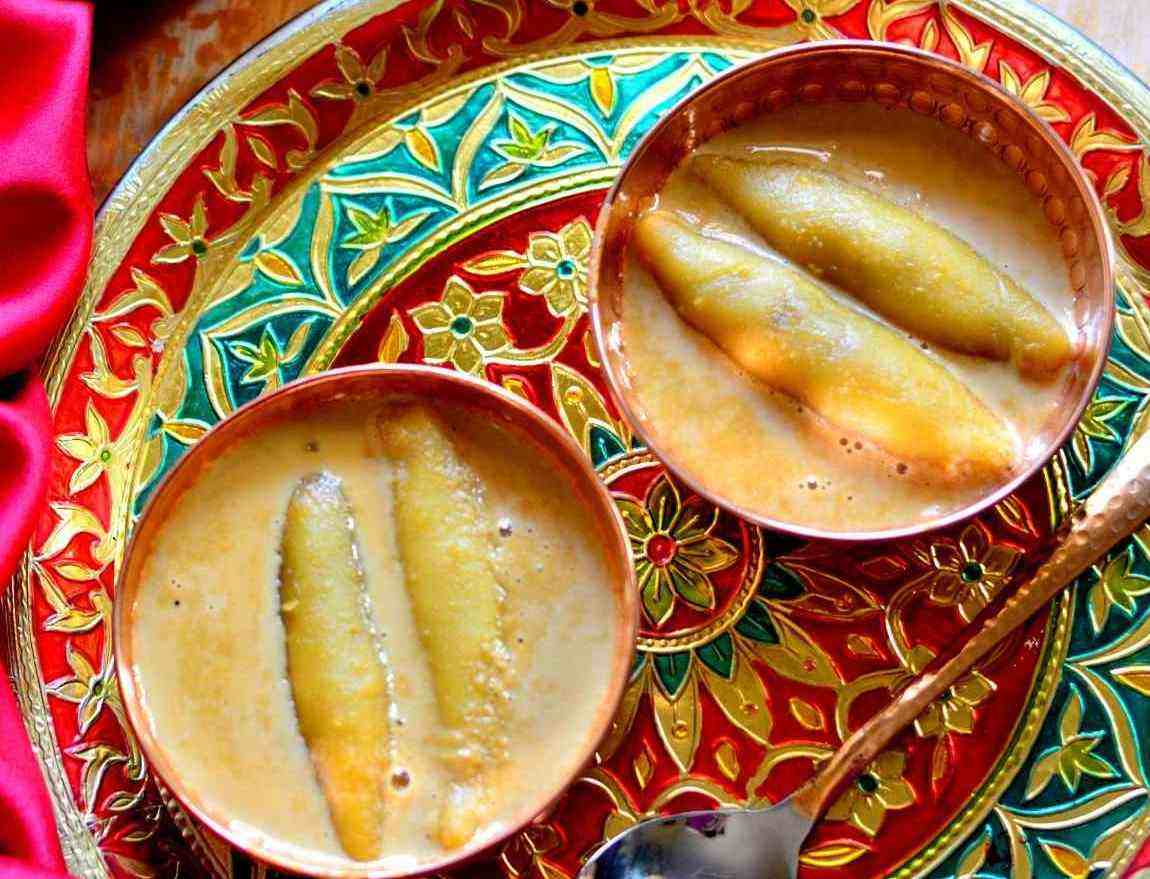
Kaas Pathar or Plateau situated in the Satara region comprises different varieties of flowers that sprout at a specific time of the year.
This plateau is engraved in the UNESCO World Heritage Localities list under the name of the Western Ghats.
History
Kaas Pathar is formed by volcanic rocks in the Satara area of Maharashtra which falls under the Western Ghats. The flowers, for which the plateau is known, bloom here after the July rains. With a wide range of flowering plants, a few types of bugs, particularly butterflies, are found in abundance.
Kaas Pathar is a World Natural Heritage site. The public authority has found a way to control conceivable harm by tourists and a breaking point of a limit of 3000 guests each day has been laid.
In the period of September, probably the most widely recognized flowering plants that we can see are Pogostemon Deccanensis, Eriocaulon Manoharanii, Impatiens Oppositifolia, Senecio Grahamii, and Dipcadi Montanum among others.
The plateau of Kaas encounters a characteristic pattern of outrageous circumstances. It becomes wet waterlogged cool during downpours, exceptionally dry, desolate hot in summer, and dry in winter.
The dirt we find on the Kaas Plateau is a slim layer on top of Deccan rock, with a shifting nature of nutrients.
We can take note of the yearly cyclic biological system here. It is comparable, yet more modest, later its plateaus have adjusted to their conditions.
The little bushes and trees at the fringe of the level at Kaas Pathar, make it an interesting sight.
Kaas Pathar is home to 1500 plant species, and 450 wildflower species out of which 33 are jeopardized. Visiting the spot in the season is a joy to the sight.
Kaas Plateau is at a distance of 25 kms from the city of Satara.
Not at all like different levels or tablelands in the locale, Kaas has a generally more slender layer of soil.
Best time to visit
This destination has a blistering semi-parched environment all year with a normal temperature between 19-33 degrees celsius. The best time to visit this place and have a picturesque view is during early monsoon season when flowers bloom.
April and May are sizzling hot with temperature reaching up to 42 degrees celsius.
Winters are outrageous, and the temperature can go as low as 10 degrees celsius around evening time; yet the normal daytime temperature is around 26 degrees celsius.
The yearly precipitation in this district is around 763 mm.
How to reach
Air: Phaltan Airport Satara is at a distance of 88 kms.
Train: Satara Railway Station (30km)
Bus: One can hire taxis or private vehicles to reach Kaas Plateau.
Local cuisine / Accommodation
There are different accommodation options here. You can stay in hotels at Satara for food and other conveniences. MTDC resort Mahabaleshwar is the nearest MTDC resort which is at a distance of 38.8 kms.
Kandhi Pedhe is the specialty of Satara. Other than that, Maharashtrian food can be found in different eateries.
Nearby attractions
Vajrai Waterfalls (3.7km), Ajinkyatara Fort (26km), Sajjangad Fort (33km), Lingamala Falls (38km), Elphinstone Point (47km), Koyna Wildlife Sanctuary (50km), and Table Point (51km) among others.
Do’s & Dont’s
- This destination is open for guests from 8am till 6pm. Internet booking is obligatory to visit this plateau.
- Carry cash with you as digital payments may not be accepted everywhere.
- Wear trek shoes to climb easily and take care of yourself from insects.
- Carry warm clothes and one extra set of clothes as it might get dirty.
Conclusion
Being just a few kilometers away from Satara and 5 to 6 hours of drive from Mumbai and Pune, this Kaas Pathar is worth visiting and please your soul with such a scenic location. You will remember this Kaas Pathar in your memories for the future.
Also Read: Kamshet: The Paragliders Paradise in Maharashtra
Tehri Lake: Perfect Destination for Adventure Lovers
Visit this mysterious bird suicide point in Assam
More from Author




